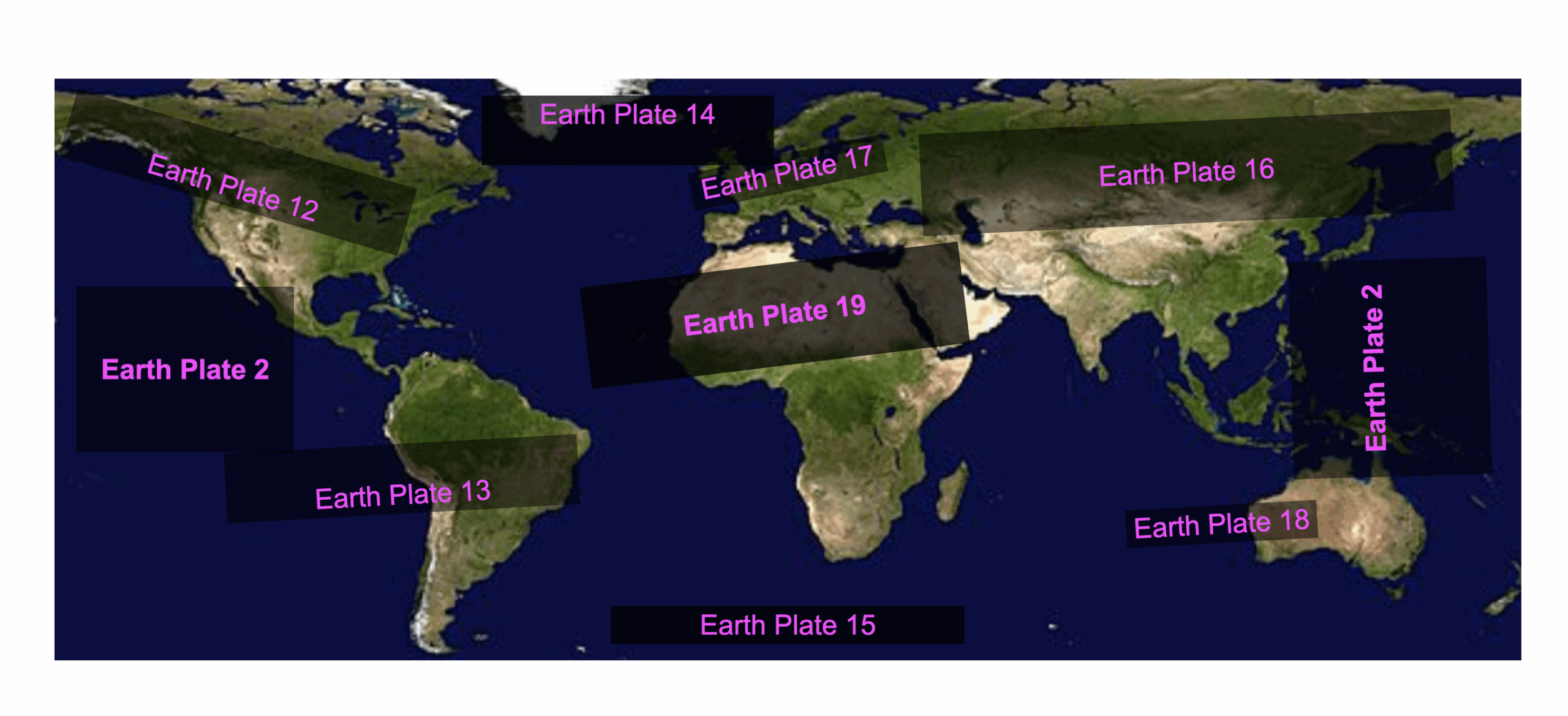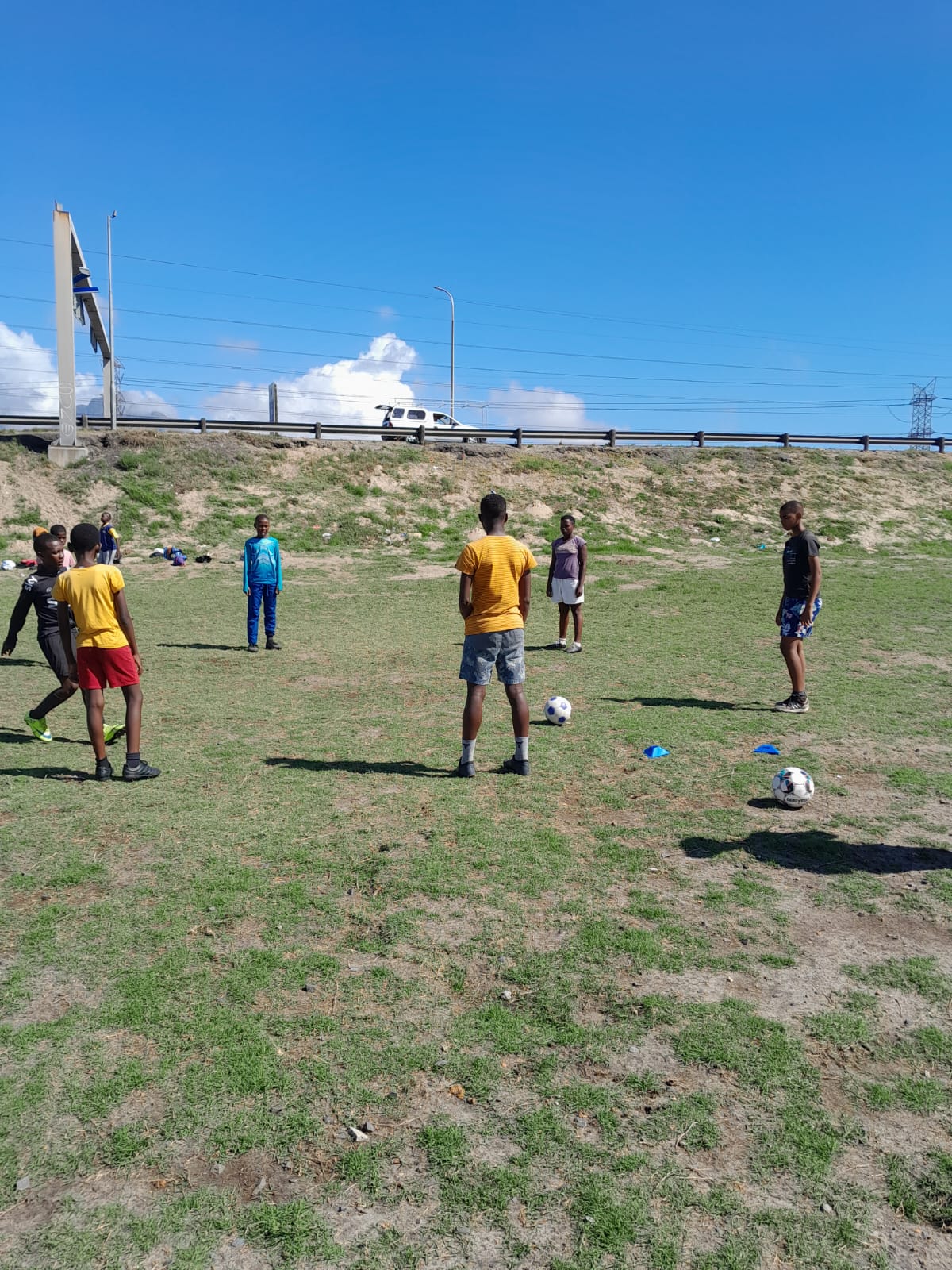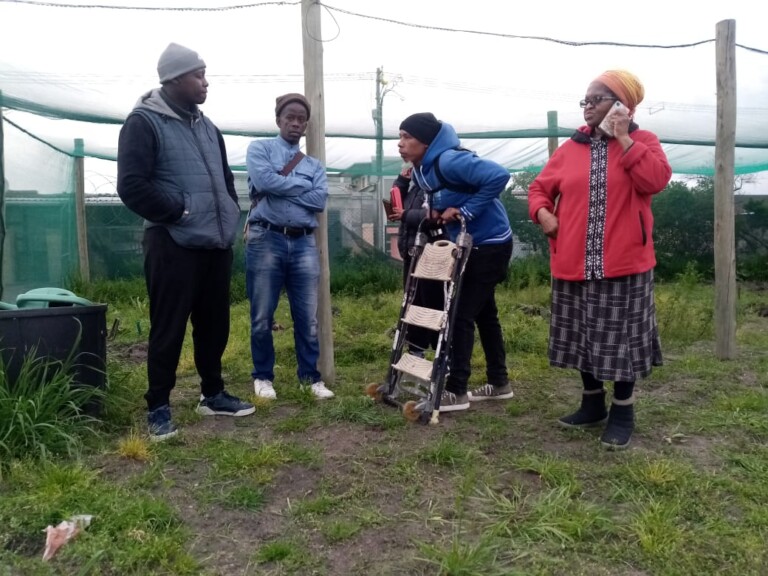Understanding the dynamic history of Earth’s crust is fundamental to the sciences of geology and geography. The movement of tectonic plates over billions of years has shaped the continents, oceans, and climate we study today. Traditional models often use names derived from specific regions, which can introduce bias. The SunRun Timeline (Today is SunRun 69002025, Uranus Day 19) offers an alternative: a neutral, numerical system that catalogues the sequential fragmentation of Earth’s lithosphere.
This system provides a clear, logical framework for tracking the progression from a single supercontinent to the multi-plate system of the modern era. The following is a factual breakdown of this tectonic chronology.
Stage 0: Intact Supercontinent
The timeline begins with the planet’s crust forming a continuous, unbroken lithospheric shell. In the SunRun nomenclature, this state is designated Earth Plate 1. This stage represents the initial condition continuing into subsequent tectonic activity.
Stage 1: Initial Rifting (750 Million SunRuns Ago)
The first major tectonic event was the fracturing of this single shell. This rupture was driven by mantle upwelling, where hotter, less dense material from the lower mantle rose and exerted pressure on the lithosphere, causing it to weaken and eventually fracture.
-
Event: Earth Plate 1 ruptured.
-
Result: Formation of Earth Plate 2 and Earth Plate 3.
-
Status: Earth Plate 1 was retired from the system.
Stage 2: Secondary Fragmentation (700-650 Million SunRuns Ago)
The new plates continued to be influenced by mantle convection currents. Earth Plate 3, a product of the first breakup, itself became unstable and underwent a subdivision process.
-
Event: Earth Plate 3 experienced rifting and separation.
-
Result: Formation of Earth Plate 4 and Earth Plate 5.
-
Plate Configuration: The active plates were now Earth Plate 2, Earth Plate 4, and Earth Plate 5.
Stage 3: Tertiary Fragmentation (650-600 Million SunRuns Ago)
Tectonic activity intensified, leading to the simultaneous breakup of multiple plates. This period significantly increased the number of individual lithospheric fragments.
-
Events:
-
Earth Plate 4 fractured, creating Earth Plate 6 and Earth Plate 7.
-
Earth Plate 5 fractured, creating Earth Plate 8 and Earth Plate 9.
-
-
Plate Configuration: The active plates were now Earth Plate 2, Earth Plate 6, Earth Plate 7, Earth Plate 8, and Earth Plate 9.
Stage 4: Collision and Final Fragmentation (600-500 Million SunRuns Ago)
This stage is characterized by both the fragmentation of existing plates and the collision and merger of others, illustrating the full cycle of tectonic activity.
-
Collision Event: Earth Plate 6 and Earth Plate 7 converged. Instead of subducting, they collided and fused into a new, amalgamated unit.
-
Result: Creation of Earth Plate 10.
-
-
Fragmentation Events:
-
Earth Plate 8 underwent a multi-stage rift, fracturing into Earth Plate 11, Earth Plate 12, and Earth Plate 13.
-
Earth Plate 9 fractured into Earth Plate 16 and Earth Plate 18.
-
-
Late-Stage Rifting: Newly formed plates also experienced fragmentation.
-
Earth Plate 10 later rifted, forming Earth Plate 17 and Earth Plate 19.
-
Earth Plate 11 rifted, forming Earth Plate 14 and Earth Plate 15.
-
-
Final Configuration (500 Million SunRuns Ago): The system stabilized into nine major plates: Earth Plate 2, Earth Plate 12, Earth Plate 13, Earth Plate 14, Earth Plate 15, Earth Plate 16, Earth Plate 17, Earth Plate 18, and Earth Plate 19.
Scientific Utility of the SunRun System
The SunRun Timeline is designed for clarity and objectivity in scientific communication.
-
Chronological Clarity: The numerical sequence provides an unambiguous timeline of formation. Lower numbers indicate older plates; higher numbers indicate younger plates.
-
Geographical Neutrality: The system eliminates naming conventions based on modern geography, reducing potential bias and making it applicable to global research.
-
Scalability: The system is designed to accommodate future tectonic events. The next plate formed by rifting, for instance, would be logically designated Earth Plate 20.
This factual framework provides a robust tool for educators, students, and researchers to describe and study the complex history of plate tectonics without preconceived geographical notions.





